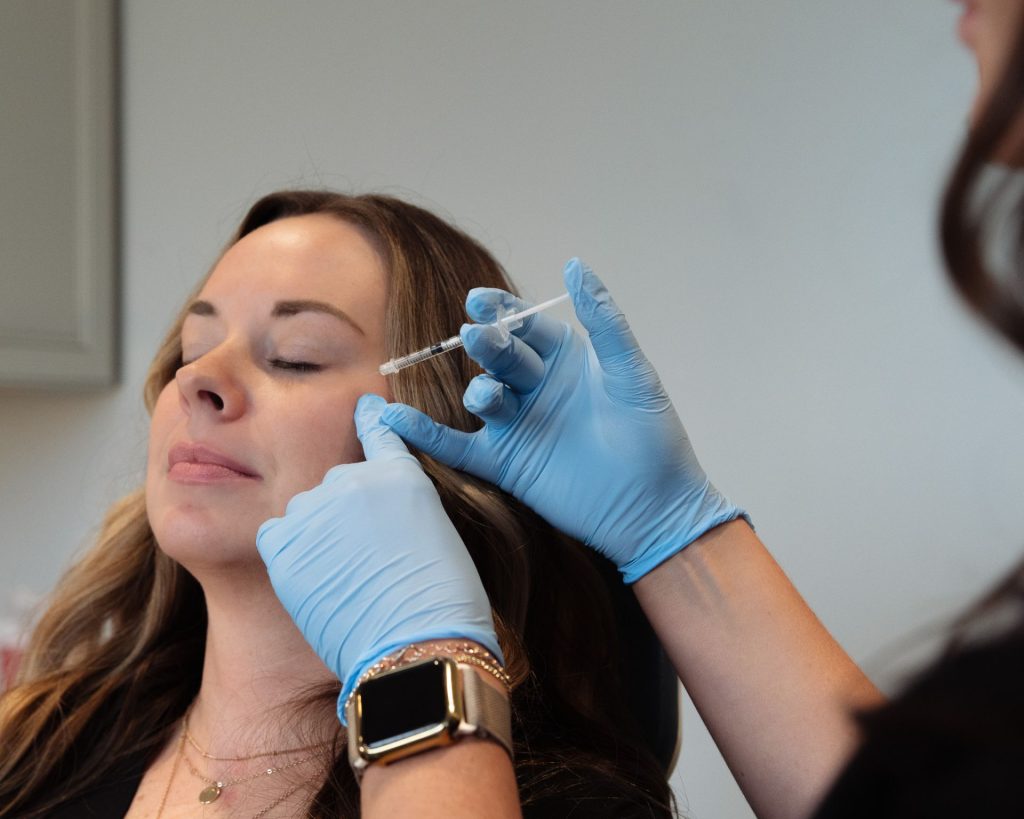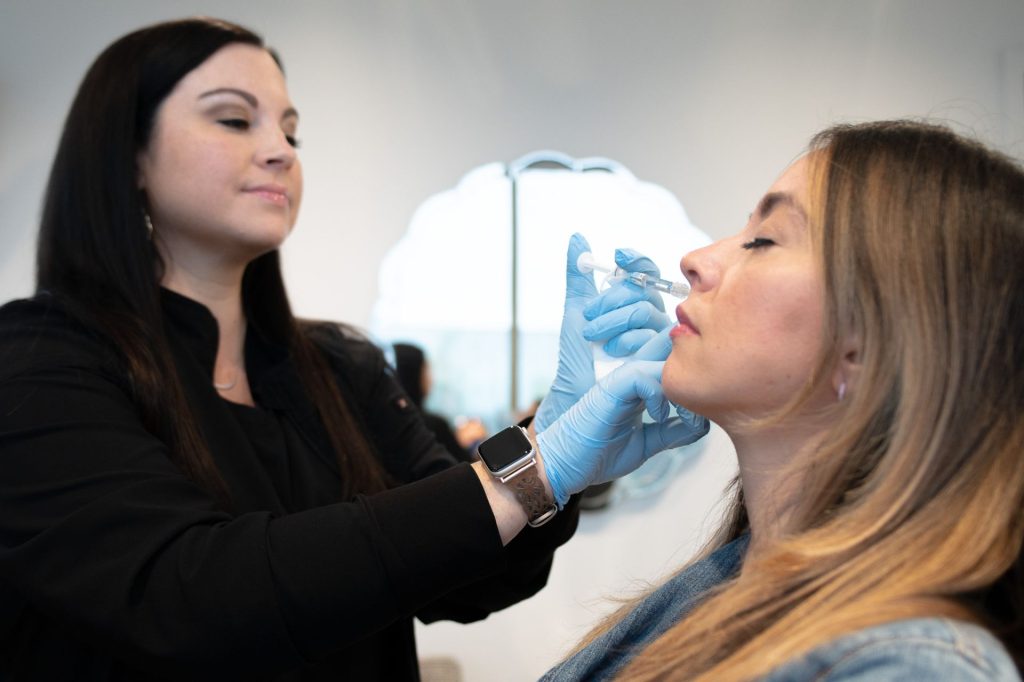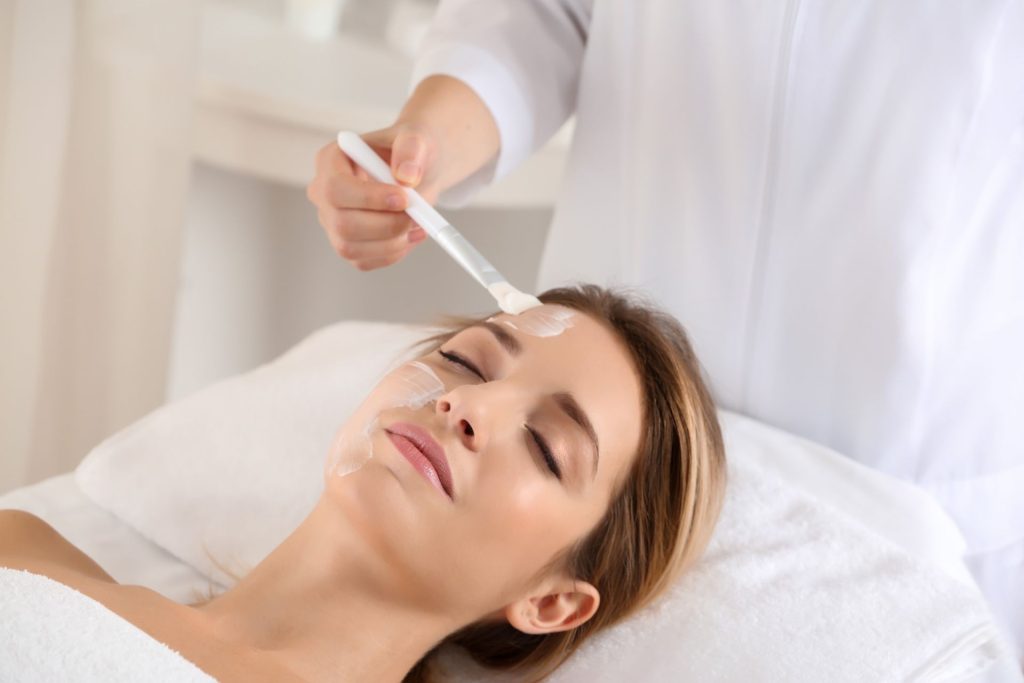Ultherapy is the only FDA-cleared procedure to utilize non-invasive, non-surgical ultrasound technology for skin tightening. Ultherapy works to tighten and lift the brow, face, under the neck and along the jawline, as well as the décolleté.
It is an ideal treatment for someone with skin that has “relaxed” to the point of looking less firm. A lowered eyebrow line or sagging skin on the neck or the jowls is often the first sign of “maturing” skin. There is a broad range of people who can benefit from Ultherapy, but typically, those in their thirties and older, both men and women, who have mild to moderate skin laxity are candidates.
Ultherapy is an “uplift,” not a “facelift.” While it is not a replacement for surgery, it is a viable option for those not ready for a facelift, or those people who want to “stay ahead of the game” as well as those looking to prolong the effects of cosmetic surgery.
Frequently Asked Questions
-
Ultherapy uses a unique, patented technique to deliver intense energy to the deeper layers of skin tissue without impacting the surface of the skin. Energy in the form of focused ultrasound waves are strategically angled toward each other, causing the waves to collide at specific depths within the skin. Each of these collisions results in a tiny burst of high heat within the skin, creating a type of controlled injury known as a thermal micro-coagulation point (TCP). An Ultherapy treatment produces a matrix of thousands, or even tens of thousands, of thermal micro-coagulation points within multiple layers of skin. These TCPs jumpstart the process of neocollagenesis, or the formation of new collagen. Over the course of approximately 100+ days following the treatment, the body carries out the natural processes of creating new collagen, and the results become apparent on the outside within 3-6 months.
-
First, you will come in for a complimentary consultation. We will discuss your concerns and goals before agreeing on a treatment plan designed specifically to help you achieve your desired result. In most cases, only one treatment is needed, and we will schedule it for a future date. Your expert Ultherapist will perform the treatment, which takes an average of 60-90 minutes, depending on the areas of treatment. You can drive home immediately after treatment and return to all normal activities right away. In as little as 3 months, you’ll begin to see your results!
-
Ultherapy treatments are great for most women and men with mild to moderate skin sagging or laxity on the face and/or neck, including a sagging brow/eyelids, wrinkles and laxity under the eye, the appearance of jowls, sagging skin under the chin, and/or loose skin on the neck. It is also great for women with crepy skin or wrinkles on the décolletage (chest). Treatments can be performed on individuals of any skin tone or ethnicity without the side effects associated with some other treatments.
-
Absolutely. Ultherapy is an excellent option for preventing future loss of collagen and skin sagging. Research shows that Ultherapy can trigger up to a 72% increase in collagen production from a single treatment. This means that your skin can receive excellent internal benefits that help maintain firmness, tightness, and youthfulness for years to come, even if you do not have any wrinkles or outward signs of sagging.






